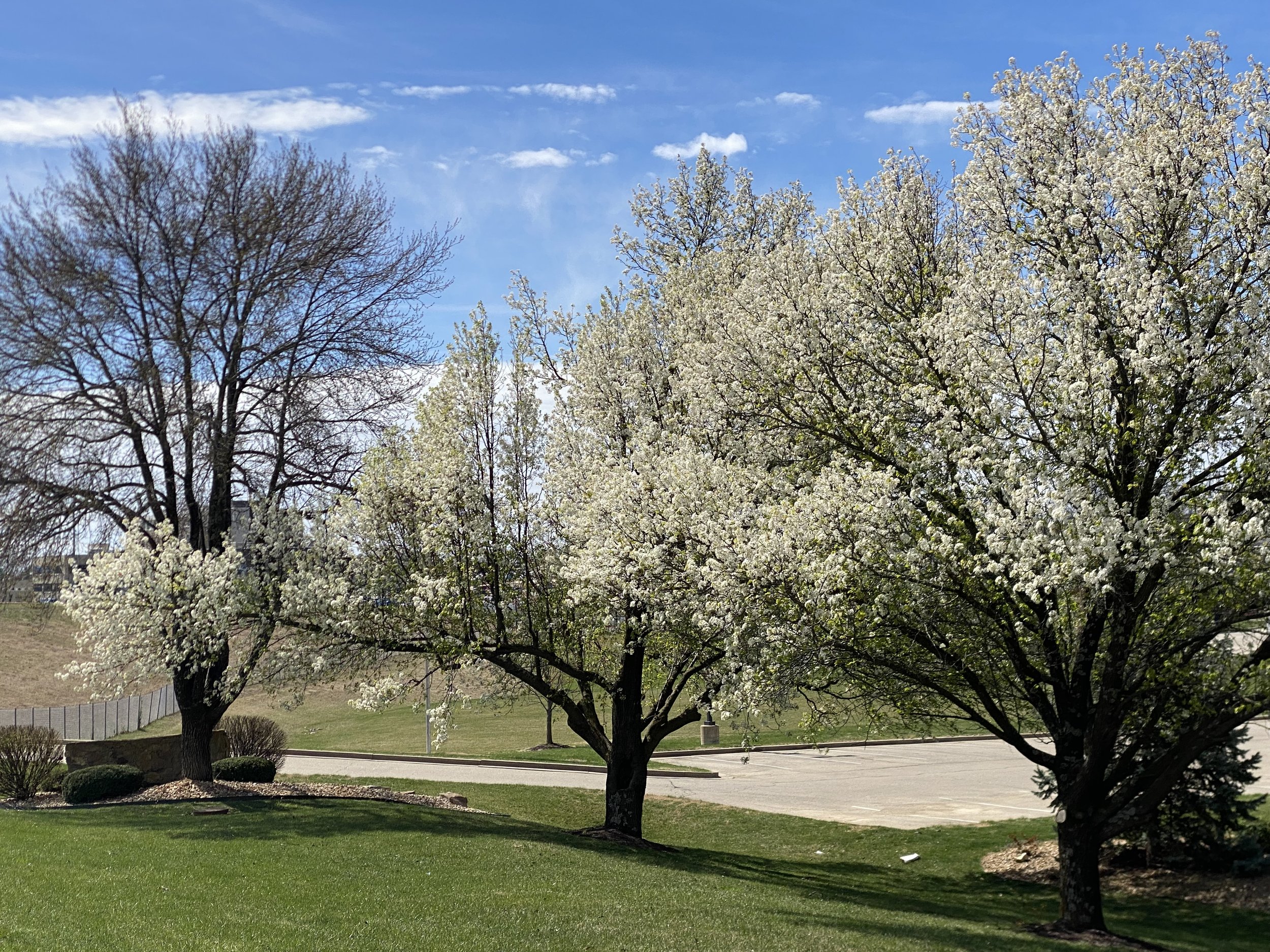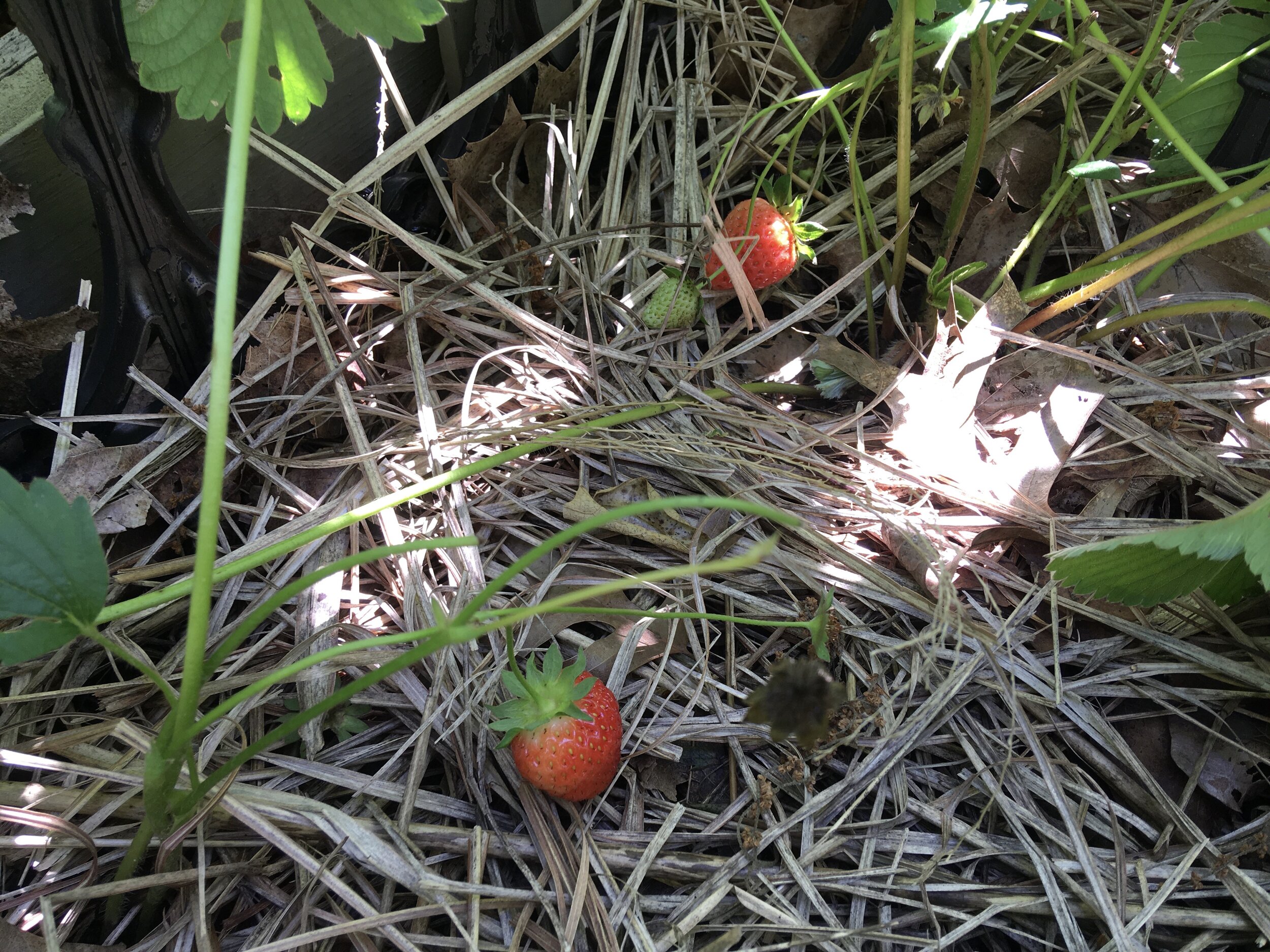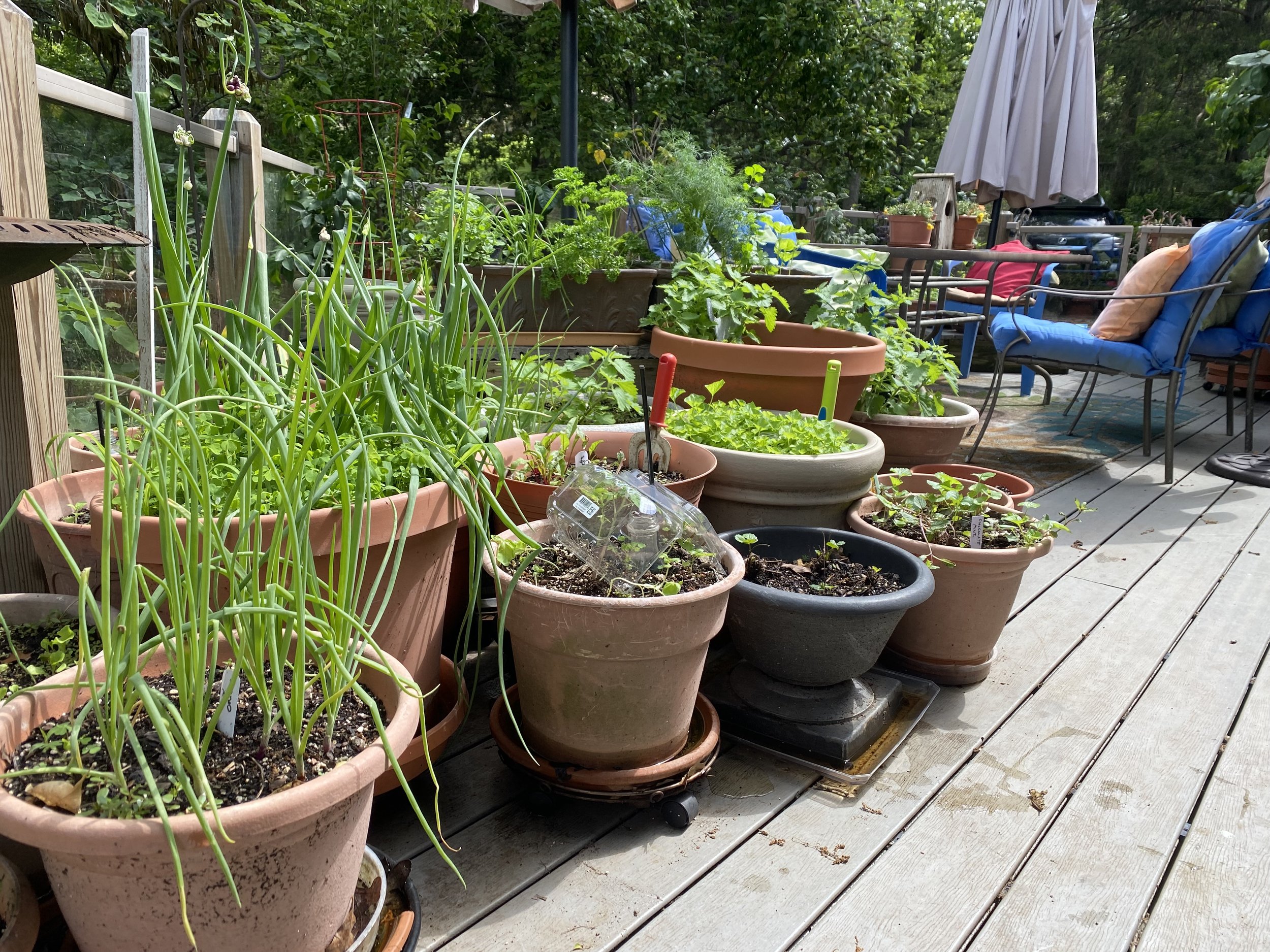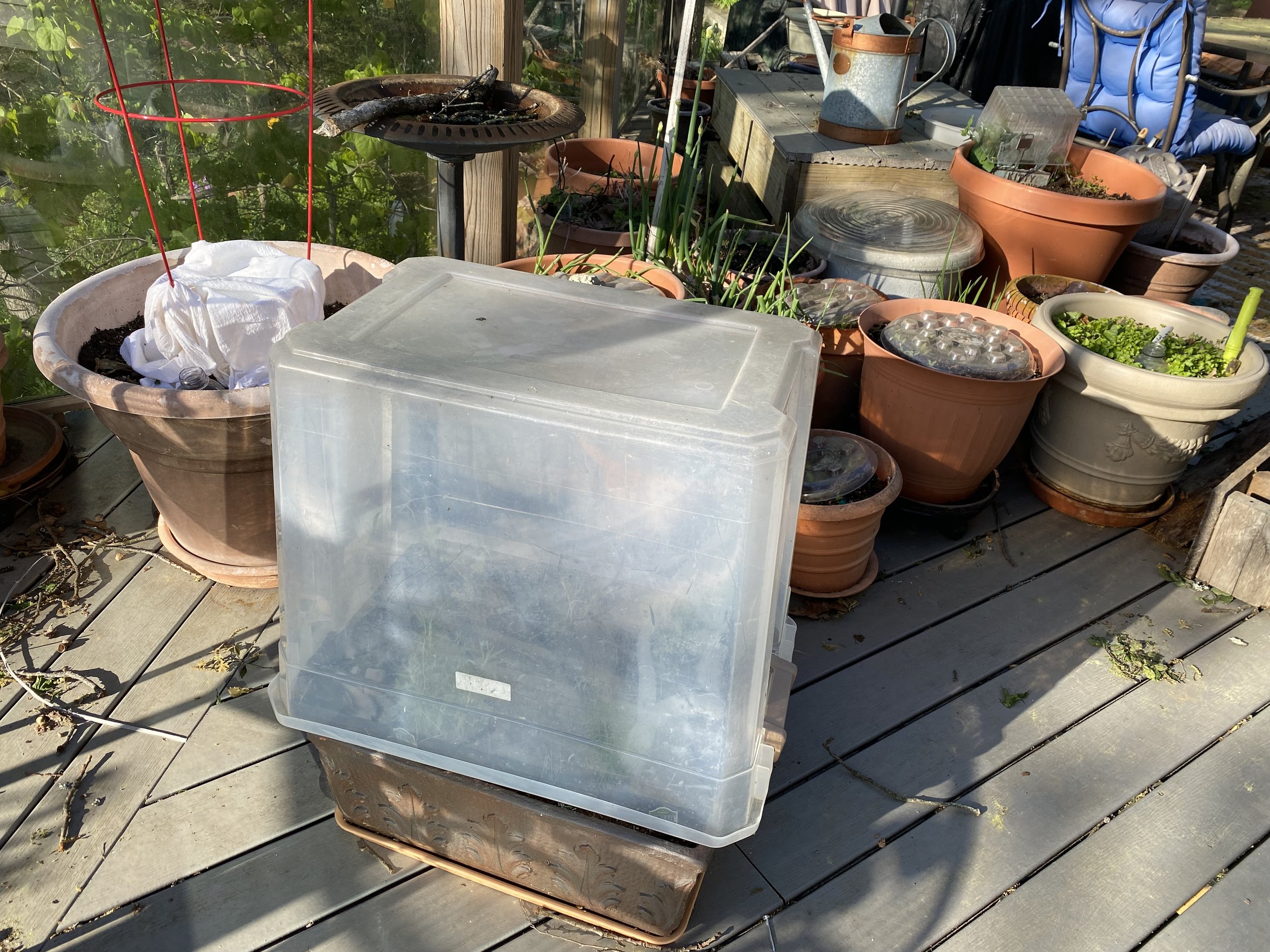Order Missouri Native Plants
/George O. White Nursery ordering form available online. (Photo by Charlotte Ekker Wiggins)
Order Missouri Native Plants
September 1, 2019 was the opening of the George O. White Nursery 2020 ordering window through April 15, 2020 and I have my order, and check, in the mail. Yes, that may just be a new record, even for me!
You don’t have to be so quick, I just have my heart set on getting a nice supply of native Beauty Berry bushes. I was given one earlier this year and I was astounded at how beautiful it is, photos don’t do it justice. The berries are also excellent wildlife food, which may keep my wildlife menagerie happy.
I ordered some seedlings last year as well; witch hazel, button bush, elderberries and rose mallow, all excellent pollinator plants. I wanted some serviceberries, a lovely spring tree but those were sold out. They are already sold out this year as well.
Once the seedlings arrived, I potted them in new soil and kept them moist for most of the growing season. The seedlings are now big enough to fend for themselves in the garden.
Some of the plant starts from earlier this spring, ready for transplanting. (Photo by Charlotte Ekker Wiggins)
You can also plant the seedlings directly into soil once you get them next spring. I prefer to give them a growing season in pots so that I can more easily find them later.Placing them in pots also helps their roots get established so that the transplanting is more successful.
Here is one example of witch hazel seedlings. On the left the original seedling, on the right the witch hazel established and ready to be transplanted.
On left, one of the spring starts. On right, witch hazel with established roots. (Photo by Charlotte Ekker Wiggins)
Not all seedlings make it but I have a good 90% success with the ones I have received. They are shipped bare rooted so it’s good to be prepared for when they are expected to arrive.
In the case of these seedlings, I had the pots filled with new potting soil waiting for the seedlings. Here is a rose mallow start, on the left:
This native rose mallow started out as the tiny stick on the left. (Photo by Charlotte Ekker Wiggins)
The native rose mallow start sprung off that seedling and is now almost 5 feet tall, more than ready to be transplanted into the garden.
Rose mallow is a cousin to the hibiscus. The Missouri native ones are white with a burgundy center. What I like about rose mallow, also a cousin to what people call Rose of Sharon, is that it blooms from July to frost, providing nectar and pollen to my bees during the August dearth.
That same native rose mallow is now almost 5 feet tall, ready to move into the garden. (Photo by Charlotte Ekker Wiggins)
Once you place your order online, you will get an email confirming your order. You have 30 days from when the order was placed to pay. After the 30 days if you don’t pay the seedlings are made available to the next person who placed an order.
Last year, I ordered all items marked “sold out'“ online but ended up getting them all when previous orders were not finalized with payment.
When you order, you can designate what week of the month you want your seedlings shipped. I usually select mid-April because the weather tends to be more cooperative then.
If you live in Missouri, shipping to your Missouri address is free.
This is an excellent place to get yourselves native tree and shrub stock. Ten seedlings are $8.95; 25 seedlings are $10.95.
If you wait until December 1 or later, you can call 800-392-3111 for a recorded message concerning possible shipping delays and the kinds of trees still available.
This is my latest addition to my garden, Missouri’s native Beauty Berry, which provides wildlife winter food. (Photo by Charlotte Ekker Wiggins)
What trees and shrubs do you plan to order?
Charlotte































